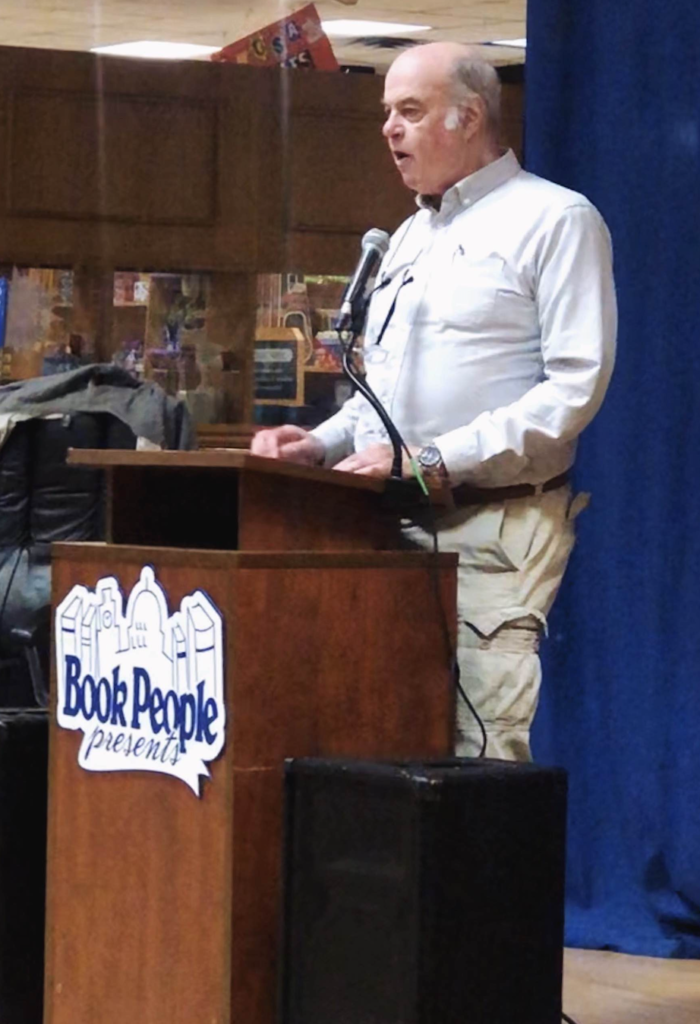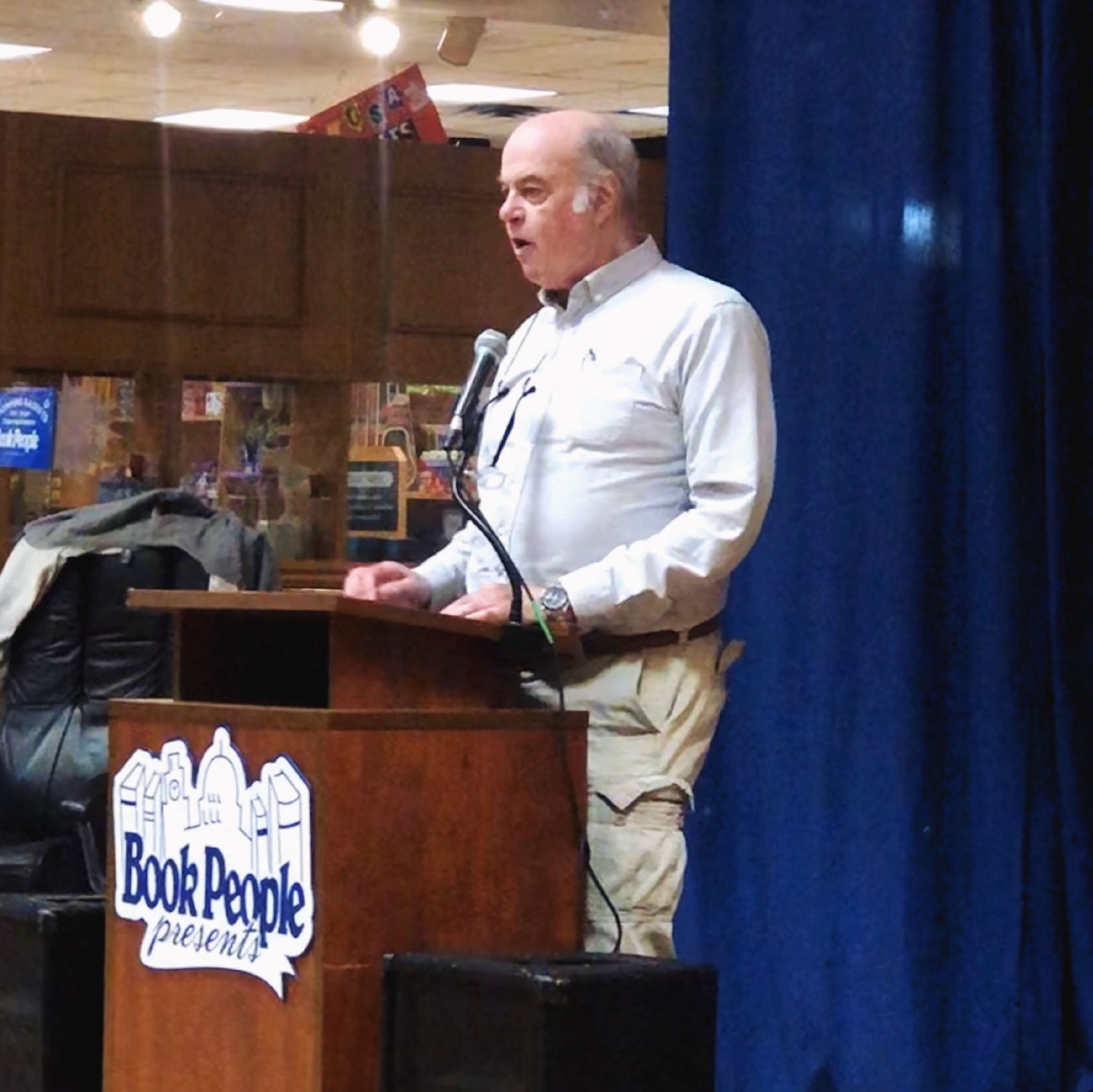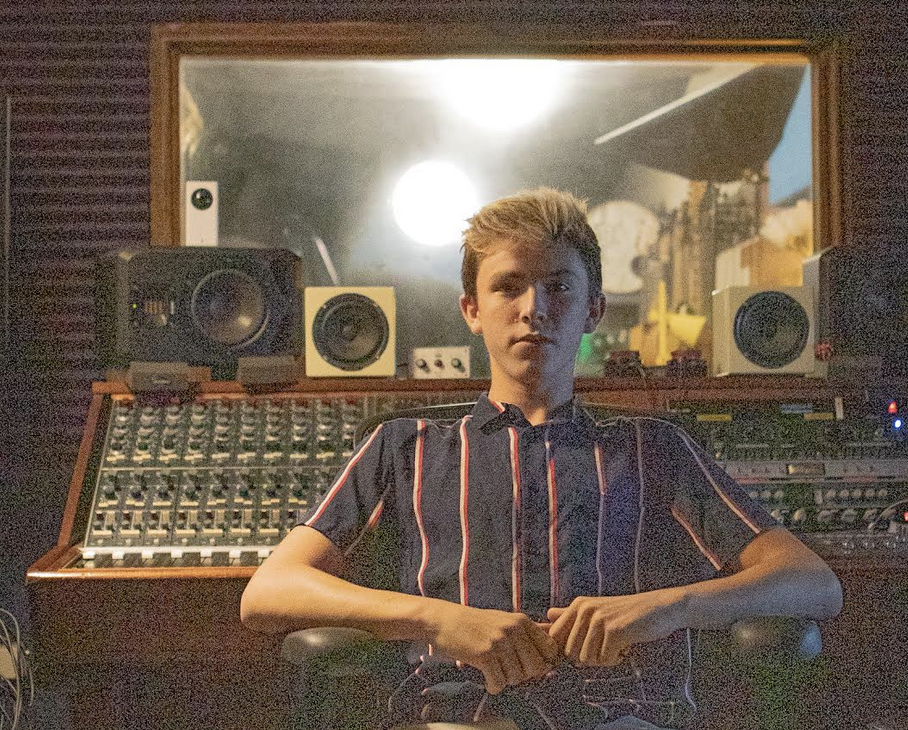(By ARIANA DERDERIAN)
Austin, Texas, dubbed the Live Music Capital of the World, is home to some of the best musicians, writers, and artists of our day.
So, it’s no surprise that local bookstore BookPeople hosted Ed Ward, rock ‘n’ roll historian and author, for a talk and book signing of his latest work, “The History of Rock & Roll, Volume 2: The Beatles, the Stones, and the Rise of Classic Rock.”

(ACC Star Photo by Ariana Derderian)
About 30 people made it to the BookPeople event Dec. 2 — a couple of the heads lacking gray hair — fitting right in with the timeline being discussed. Ward’s book highlights the critical contributions of rock ‘n’ roll artists from 1964 to 1977.
The talk began with Ward reciting an anecdote about the beginnings of a band called the Warlocks.

“They talked their way into a regular gig at Magoo’s Pizza Parlor, in downtown Palo Alto, playing six nights a week, five sets a night,” Ward said. “Word got out among the local high school students that there was a cool band at Magoo’s, and the Warlocks began drawing a couple hundred people each night.”
Nostalgia swept over the audience throughout the presentation as Ward recounted the scenes of the 60s and 70s. Ward also made a couple of references to his time as a writer for Rolling Stone magazine.
“Shortly thereafter, after finding there was another band by the same name, someone pulled down a hefty Funk and Wagnalls dictionary from a bookshelf and opened it at random,” Ward said. “A finger stabbed out and hit a term used in the study of mythology, in which the hero is helped in his quest by the souls of the departed who loved him: grateful dead. It stuck.”
While he highlighted the humble beginnings of bands during that time period, Ward focused on another theme that also seemed to be an important point in the actual book and a great takeaway from his talk — audiences.
“Audience creates musical movement,” Ward said.
Among the stories he told about the artists and bands from that time, Ward weaved in the idea of how movements arise, how they interact with their intended audiences, and how they die. The phenomenon of audience participation greatly drove a lot of rock ‘n’ roll bands into becoming what they were.
At the end of his talk, Ward took questions, which ended up creating a more extensive discussion than his initial presentation. He answered many of the questions with the same response.
“That’s in the next era. The final volume is in the works now.”




